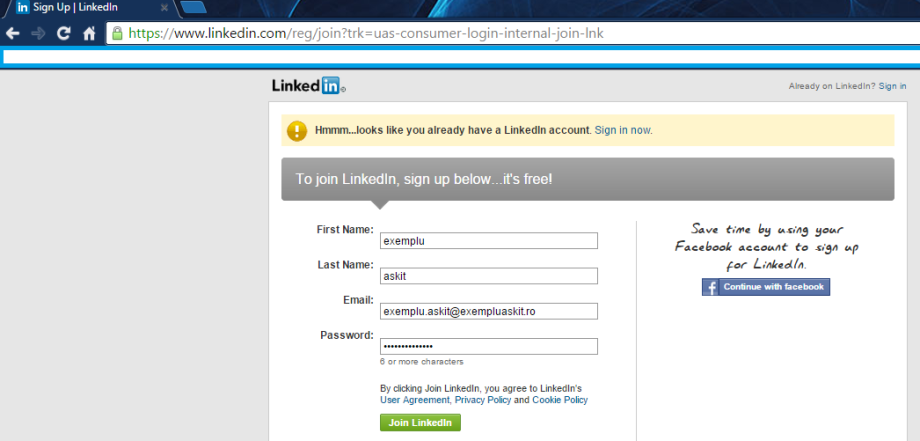

Data warehouse-based approaches tend to be overly rigid and too complex for business users to work with directly work groups will end up extracting data to local analytics environments - again leading to multiple disconnected semantic layers. Both approaches have limitations.īI-tool semantic layers are use case specific multiple semantic layers tend to arise across different use cases leading to inconsistency and semantic confusion. Historically, semantic layers were implemented within analysis tools (BI platforms) or within a data warehouse. Where is the semantic layer?Ī semantic layer is implicit any time humans interact with data: It arises organically unless there is an intentional strategy implemented by data teams.

In addition to storage, data platforms offer SQL query engines and access to Artificial Intelligence (AI) and machine learning (ML) utilities. A set of shared services cuts across the entire data processing flow at the bottom of the diagram. Raw data from various sources move through ingestion and transport services into core data platforms that manage storage, query and processing and transformation prior to being consumed by users in a variety of analysis and output modalities. This representation tracks the flow of data from left to right. I will refer to this simplified diagram based on their work below: In my opinion, Matt Bornstein, Jennifer Li and Martin Casado from Andreessen Horowitz (A16Z) offer the cleanest view in Emerging Architectures for Modern Data Infrastructure. While the term “modern data stack” is frequently used, there are many representations of what it means. While the semantic layer’s origins lie in the days of OLAP, the concept is even more relevant today. Available for streaming starting at 6am PDT.The term was coined in an age of on-premise data stores - a time when business analytics infrastructure was costly and highly limited in functionality compared to today’s offerings. You’ll leave this session equipped to take care of your own mental health so you can better serve your teams. We’ll experiment with tools to let go of what isn’t serving us and practices to guide us towards improving our self-care. 👉 Mental Health for Scrum Masters - Being a Scrum Master is tough. You will learn the Easy Estimation With Story Points technique, which has helped hundreds of teams provide better predictability while spending less time estimating! Available for streaming starting at 6am PDT.

👉 Easy Estimation With Story Points - Together, you will uncover how and why relative estimation leads to better predictability. We are happy to share that our team will be joining the lineup of speakers at the Global Scrum Gathering 2023 Portland + Beyond! We'll be leading two sessions:


 0 kommentar(er)
0 kommentar(er)
